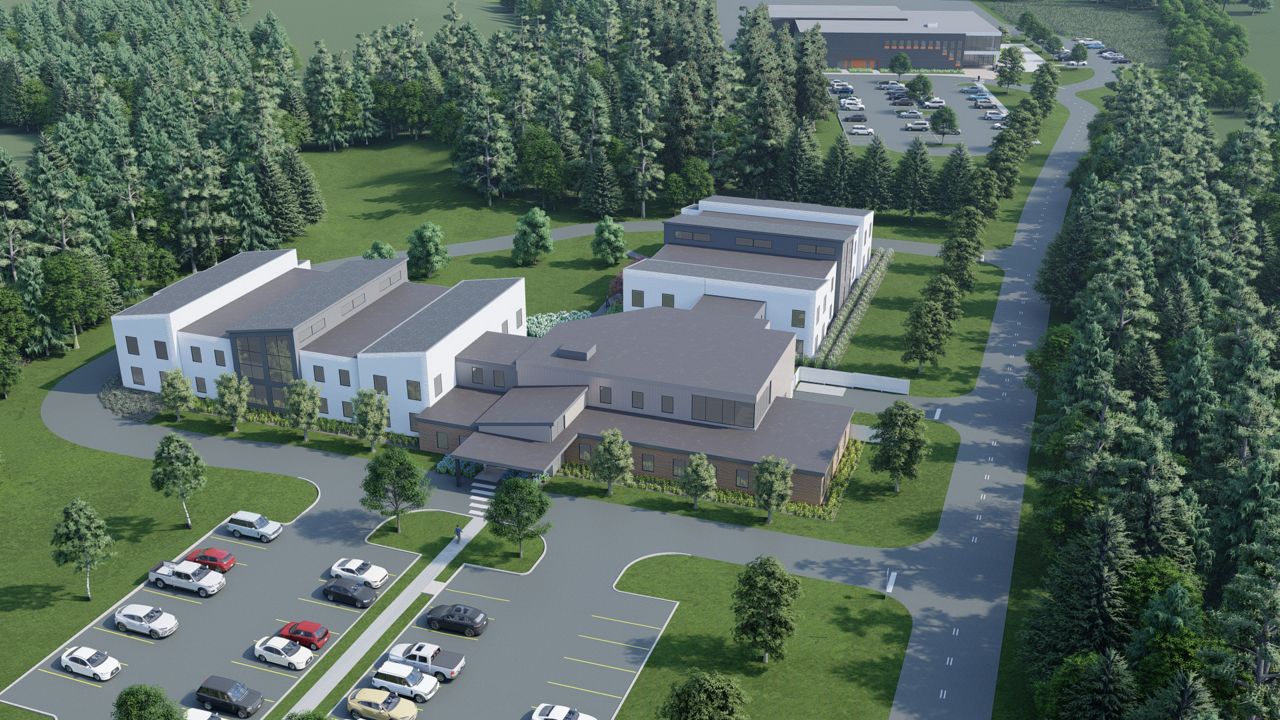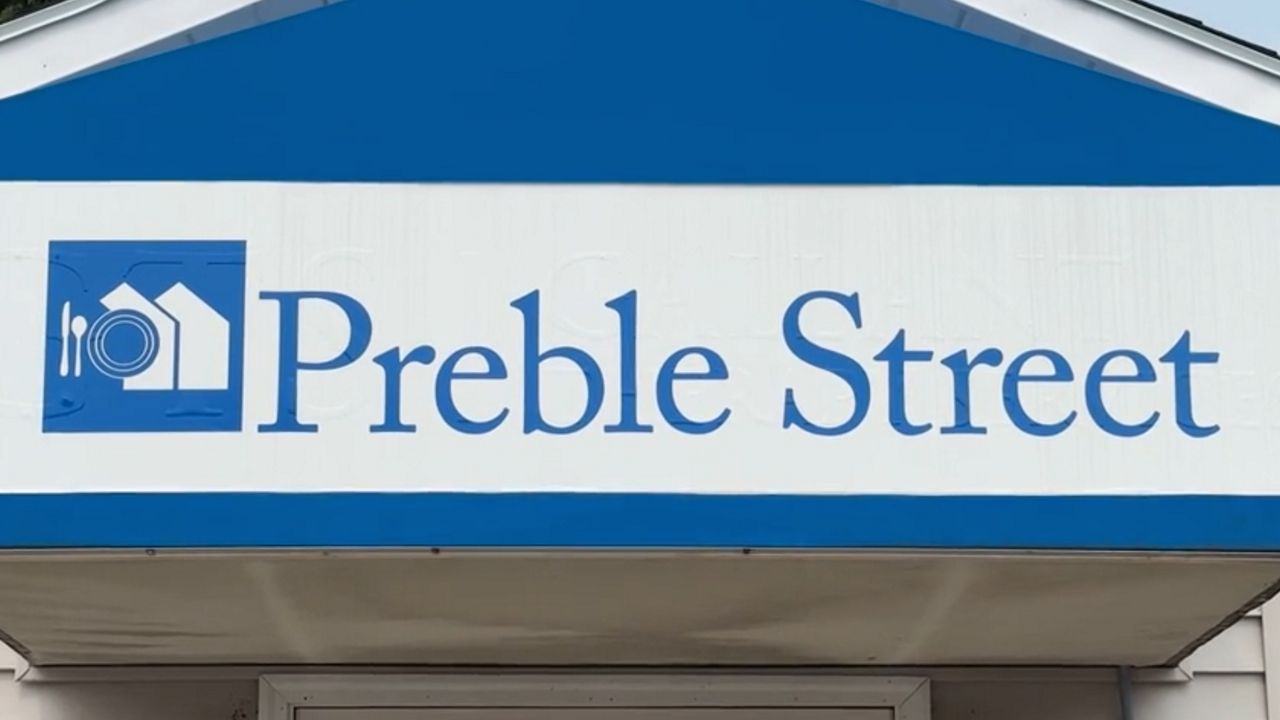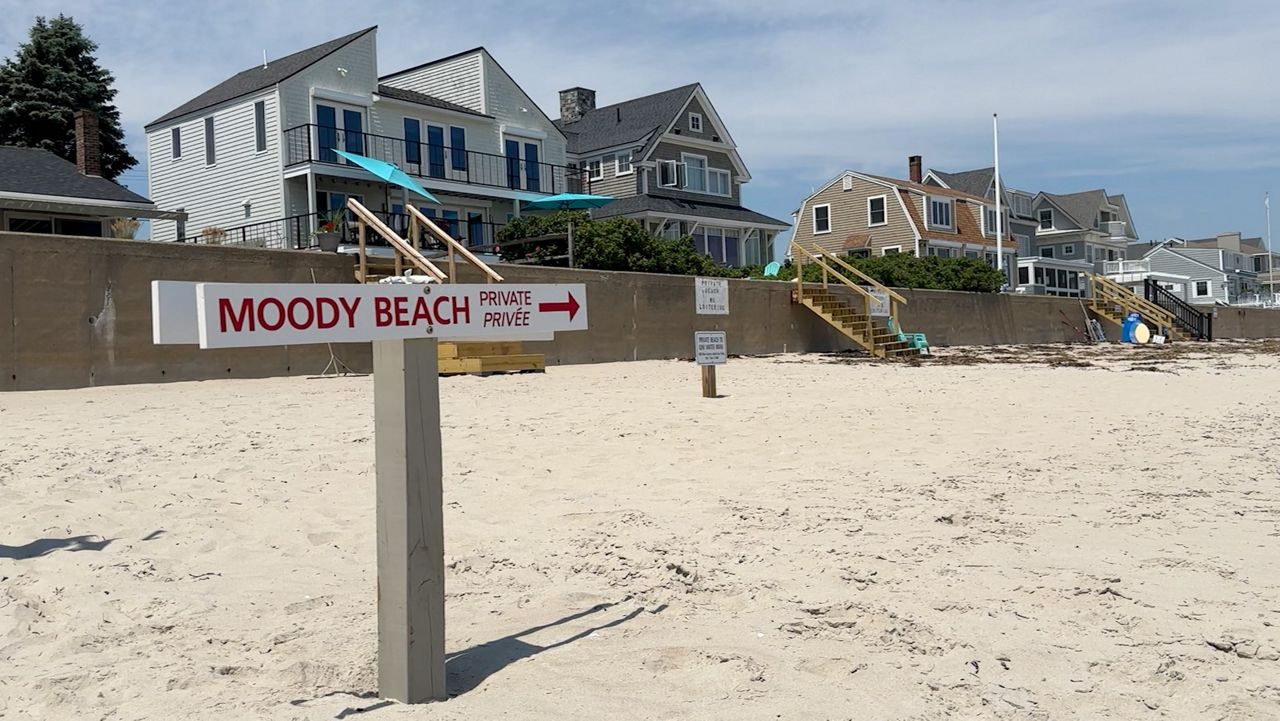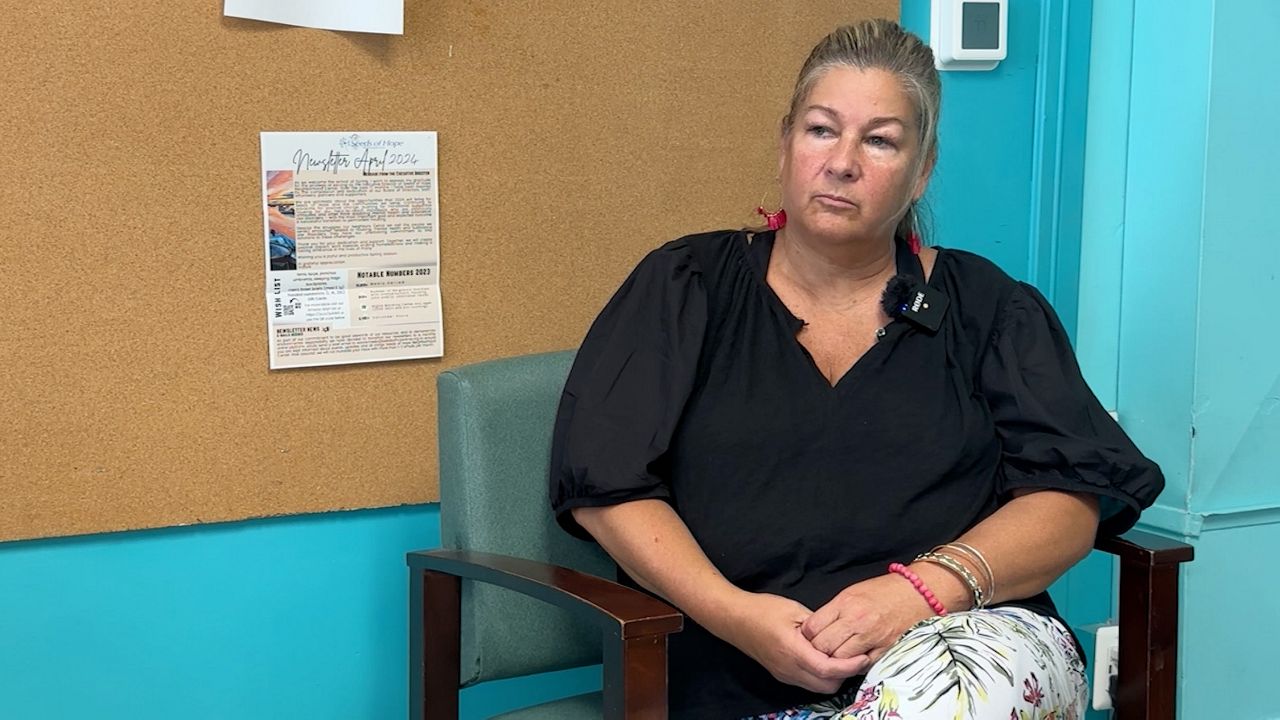York County officials are about to break ground in more ways than one, creating a $45 million addiction recovery center in Alfred with multiple recovery programs all in the same building.
The center, and a related proposal for a new 30-unit housing project in Sanford, are taking an approach to addiction treatment, if not homelessness in general, that is unique for York County and Maine itself.
“There’s nothing like it in the state of Maine,” said York County Manager Greg Zinser. “We’re very proud of it.”
Zinser is referring to a 58-bed center planned for just off Layman Way in Alfred, near the York County Jail. The center received approval from the Alfred Planning Board in June, and he said he hopes to see construction work begin in mid-September.
The center will offer comprehensive recovery programs, everything from a few days of intense detox treatment up to 270 days of long-term recovery, according to Rachel Stansfield, development director for the county.
Stansfield said the programs the center will offer are not new to the state, but right now most similar programs are scattered and separated. A person who enters detox in one place for a few days, for example, will then have to transition somehow to a longer-term recovery program housed elsewhere.
The Alfred center, Stansfield said, will offer all these programs in the same place, making it easier for a person to transition more easily between different levels of care. That’s something that no one else offers in Maine, she said.
“For having detox through long term-recovery under one roof? I have yet to hear of any setting like that (anywhere else),” she said.
Zinser said the county has been interested in a center of this type as far back as 2018, when officials were discussing problems with overcrowding at the York County Jail.
At the time, Zinser said, the jail averaged about 200 inmates on any one day. Around 40% of them were suffering from addiction problems, he said, and should have been in a recovery program rather than a jail cell.
“We started looking into it, and said, ‘Well how can we get these people out?’” he said.
The answer, at the time, was a smaller, 24-bed recovery center, also on Layman Way. The problem, Zinser said, was that it couldn’t stay open 24 hours a day and was really only geared toward prisoners at the jail.
“It’s a very small segment of society,” he said.
The bigger picture points to a much larger need. Data from the Maine Drug Data Hub shows fatal overdoses statewide are down in 2024 compared to 2023, but not by much. For the period of January through May 2024, the most recent data available, the numbers show 231 deaths statewide due to drug overdoses, compared to 256 in the same period for 2023. There were 64 overdose deaths in York County alone throughout 2023, with 22 so far from January to May of 2024.
Zinser and other county officials saw a chance to make big improvements to the county’s recovery service offerings in 2021, when the US American Rescue Plan Act funneled more than $40 million to York County.
“We all made the determination pretty quickly that we didn’t want to be burying the money,” he said. “In other words, we didn’t want to be funding water and infrastructure, while important, (but) we decided that it was important to do something that would be of significance and would make a real impact.”
The new center, Zinser said, will never close, meaning police or family members can bring anyone in at any time.
While the concept may have begun with a study of the jail and law enforcement, Zinser said the center will be an important tool for fighting homelessness, too. As with the jail, he said, it’s likely that people staying in temporary homeless shelters, such as the shelter located in Alfred, could benefit from being in a recovery program as well.
“It’s not the be-all end-all, but it is certainly a little slice of the pie to help begin to resolve some of these issues,” he said.
That’s where the Sanford housing project comes in. Diane Small, executive director of the Sanford Housing Authority, said the 30-unit project is in its early stages. So far, the city has used $400,000 of the ARPA money to buy the property, which was once part of now-defunct businesses in Sanford’s Mill District and conduct preliminary survey work.
Small said the project will be no-barrier housing, meaning even people who are dealing with substance abuse problems will be able to stay there. They will have the assistance of caseworkers and related programs such as Alcoholics Anonymous and Narcotics Anonymous.
It’s part of an approach referred to as “Housing First.” Small said MaineHousing has pledged to finance the construction of 400 Housing First units statewide.
“We think that we’re in pretty good shape of being able to obtain that funding for that,” she said.
Small said the authority will work in tandem with the Alfred recovery center. Stansfield referred to the planned Sanford project as “recovery-supportive” housing.
Stansfield said an option for housing will help with recovery. It’s critical, she said, to have an option for those working on recovery to have a fixed address.
“I think it is cyclical, right? If you’re battling substance use disorder, holding a job is difficult. If you don’t hold a job, paying for housing is difficult, and it’s just a cycle,” she said.
Zinser said once construction of the Alfred center begins, it should take about 18 months to complete.








